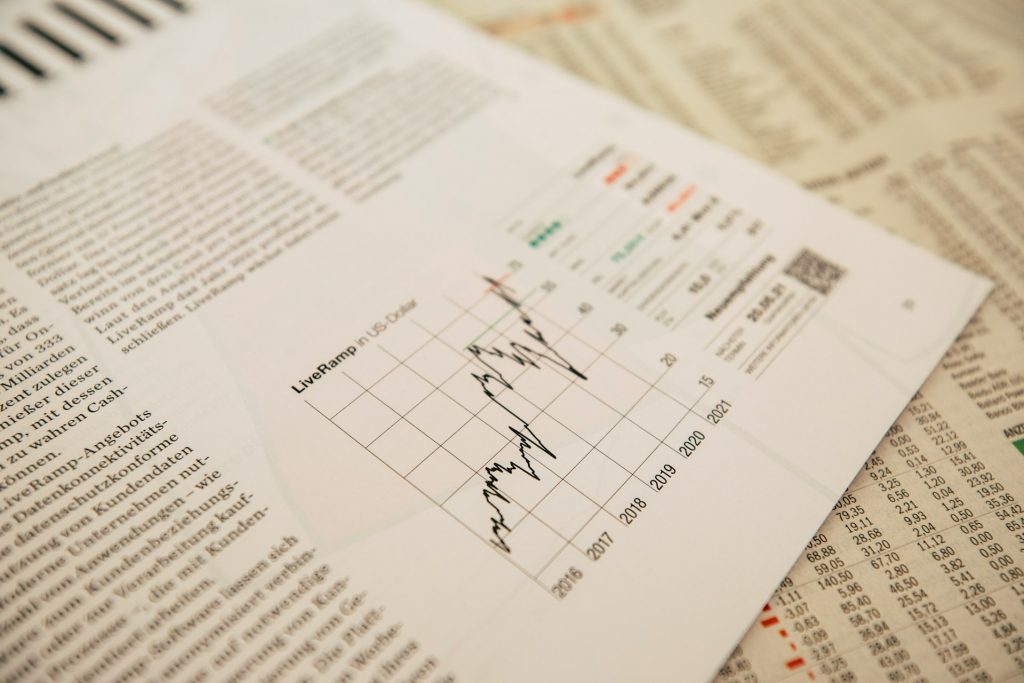The ProShares UltraPro Russell 2000 ETF (Exchange-Traded Fund) is designed to achieve daily returns that triple (300%) the daily performance of the Russell 2000 Index, a benchmark representing 2000 small-cap companies in the U.S. stock market. Unlike traditional funds that seek long-term growth, this ETF is engineered specifically for short-term trading strategies, targeting investors who are comfortable with high-risk investments and looking to capitalize on short-term market movements.
Objective and Investment Strategy
The core objective of the ProShares UltraPro Russell 2000 ETF is to provide investors with exposure to the Russell 2000 Index at a leveraged rate of three times its daily performance. To achieve this, the fund utilizes a combination of equity securities and derivatives. These investments include stocks of companies within the index and financial instruments such as futures and options contracts. By using this leveraged approach, the fund aims to mirror the daily fluctuations of the Russell 2000, magnifying both gains and losses.
Investing in this ETF allows traders to potentially benefit from significant short-term gains if the index performs well on a given day. However, this aggressive strategy also comes with an equally amplified risk of loss, making it crucial for investors to monitor their positions frequently. The fund is most effective for investors employing daily rebalancing strategies, where the focus is on short-term holding periods rather than long-term growth.
How the Fund Operates
The Advisor managing the ProShares UltraPro Russell 2000 relies on a dynamic combination of financial tools to generate the desired leveraged return. These include derivatives—financial contracts that derive their value from the underlying Russell 2000 Index. By utilizing derivatives, the fund aims to replicate the daily return of the index at three times the rate. This approach also allows the fund to respond quickly to market fluctuations, adjusting its holdings to maintain the targeted 300% leverage.
The ETF’s use of leverage and derivatives makes it a highly volatile option that requires active management and close observation by investors. Because the fund’s performance resets daily, it doesn’t align with a buy-and-hold strategy. Investors seeking long-term exposure to the Russell 2000 would typically consider more stable, traditional ETFs without leverage.
Risks and Considerations
Leveraged ETFs like ProShares UltraPro Russell 2000 are typically characterized by heightened risk due to their amplification of both gains and losses. While a 1% gain in the Russell 2000 Index on any given day translates into a 3% increase for the ETF, a similar loss would also be multiplied threefold. This heightened risk profile means that the fund is not suitable for all investors, particularly those looking for steady, long-term returns. Instead, it is designed for those who actively track market trends and can tolerate the risk associated with leveraged investments.
Another key factor is the effect of compounding in leveraged ETFs. Due to daily resets, the fund’s cumulative returns over periods longer than one day can differ significantly from three times the benchmark index’s cumulative return. This phenomenon, known as compounding risk, can result in performance that may be lower or higher than the expected leveraged multiple over time, depending on market conditions and volatility.
Ideal Investor Profile
This ETF is particularly attractive to experienced investors who are well-versed in daily trading tactics, familiar with leveraging, and have a high tolerance for risk. Investors considering ProShares UltraPro Russell 2000 should have a strong grasp of market movements and should be prepared for rapid shifts in fund value. It’s also suitable for those who have a well-defined exit strategy and a willingness to monitor their investments closely.
In conclusion, the ProShares UltraPro Russell 2000 Fund offers an aggressive vehicle for those seeking amplified short-term returns based on the daily performance of the Russell 2000 Index. Its design aligns with tactical trading and not with long-term growth, requiring investors to maintain a proactive approach to their holdings.
